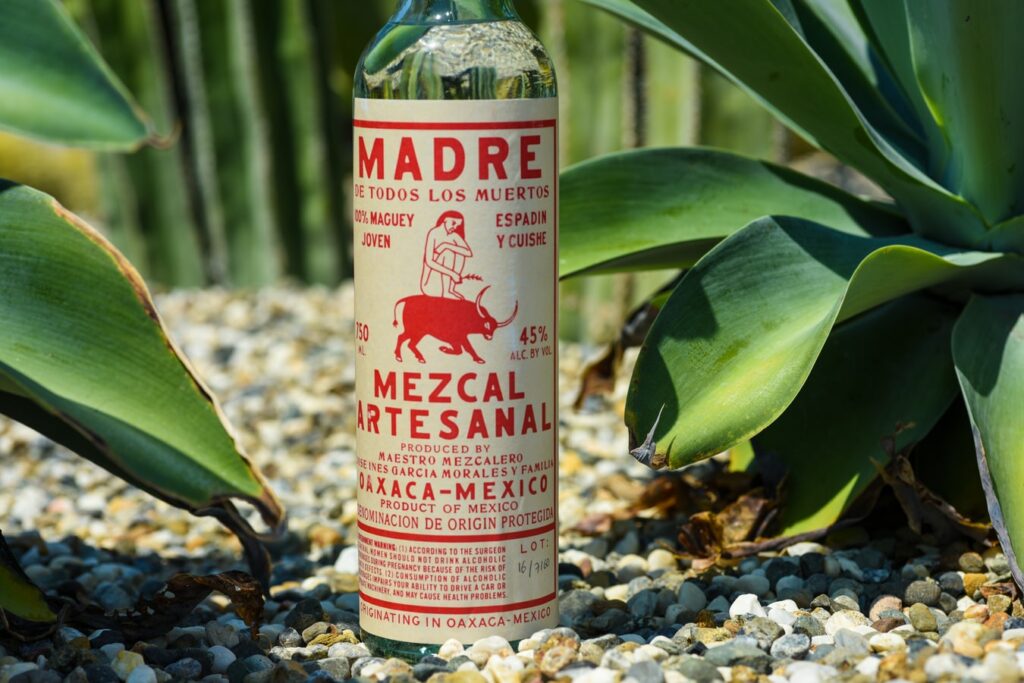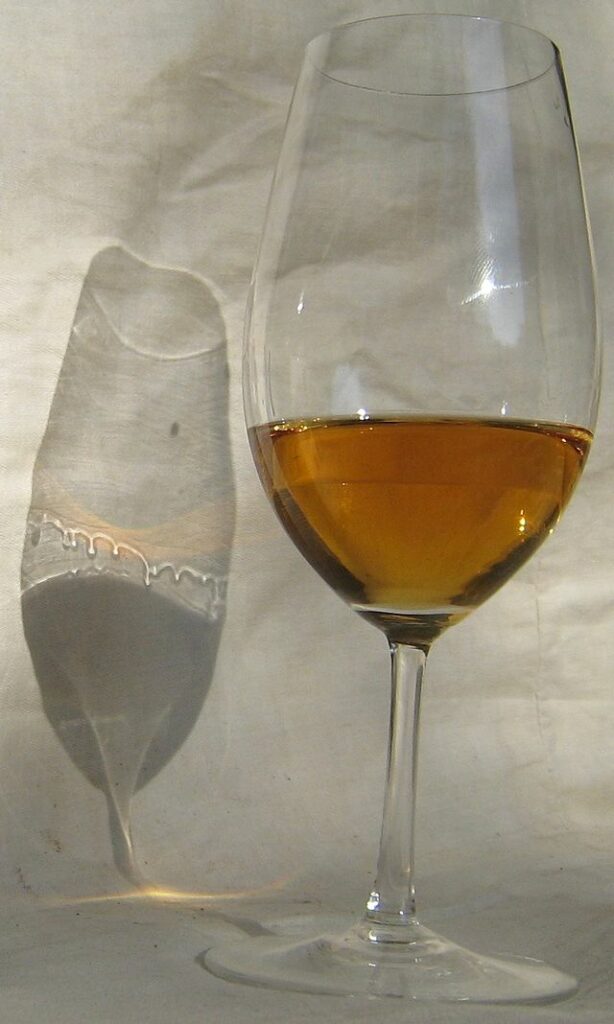When artisanal distillers want to measure alcohol content, they have a tried and true low-tech approach: they squirt it into a small container and look for tiny bubbles. If the alcohol content is too high or too low, these small bubbles (or pearls) quickly vanish. But if the alcohol content is just right, they stay around for about 30 seconds. Now, researchers believe they know why.

Without necessarily knowing it, traditional distillers are well versed in fluid dynamics. What they’ve figured out in practice with the bubbles is something called the Marangoni effect, a phenomenon in which two fluids exchange mass due to a surface tension gradient.
The Marangoni effect was first observed by physicist James Thomson (Lord Kelvin’s brother) in 1855, in the so-called “tears of wine”. Some wines (especially those with more alcohol) form the same bubbles as mentioned above.
The effect happens because alcohol has a lower surface tension than water. When alcohol is mixed with water inhomogeneously, the part with less alcohol will pull on the surrounding fluid more strongly than the other areas. When the surface of high-alcohol liquid meets the side of the glass, capillary action makes the liquid climb up. As it does so, both alcohol and water evaporate, but alcohol evaporates faster. This, in turn, decreases the amount of alcohol in the liquid; as the alcohol moves up the side of the glass, it forms droplets that fall back on their own weight, creating a tear-like pattern. The same phenomenon is at the root of the bubbles.

The general physics behind the phenomenon has been known for a while, but now, a team of fluid dynamics researchers have found the specific processes and details in the process. According to their lab experiments and computer models, the phenomenon is best manifested when the alcohol content is around 50% — the sweet spot for some traditional spirits like mezcal, aguardiente, or palinka.
For Roberto Zenit, a professor in Brown’s School of Engineering and the study’s senior author, studies like this are why he loves fluid dynamics.
“One of my main research interests is bubbles and how they behave,” Zenit said. “So when one of my students told me that bubbles were important in making mezcal, which is a drink that I really enjoy with my friends, it was impossible for me not to investigate how it works.”
Zenit and his student changed the alcohol level of mezcal, measuring how that affected bubble lifetimes. In the unaltered samples, bubbles lasted 10-30 seconds. When they increased or decreased the alcohol content, the bubbles burst almost instantly.
In unaltered samples, bubbles lasted from 10 to 30 seconds. In both the fortified and watered-down samples, the bubbles burst instantly. But then, something interesting happened: even in a 50% alcohol-water mixture, the bubbles didn’t last as long as in the mezcal.
Zenit and his students realized that something in the mezcal is amplifying the effect, and they set up high-speed cameras to monitor their bubbles. With this, they uncovered a surprising movement: an upward convection of liquid from the surface of mezcal into the bubble membranes. This is where the Marangoni convection comes in — it’s this the effect that was responsible for this upward motion.
“Normally, gravity is causing the liquid in a bubble film to drain away, which eventually causes the bubble to burst,” Zenit said. “But in the mezcal bubbles, there’s this upward convection that’s replenishing the fluid and extending the life of the bubble.”
For Zenit, who hails from Mexico, it’s rewarding to find the physics behind this process that has been used for centuries.
“It’s fun to work on something that has both scientific value and cultural value that’s part of my background,” he said. “These artisans are experts in what they do. It’s great to be able to corroborate what they already know and to demonstrate that it has scientific value beyond just mezcal making.”
But there’s more to the process than just a fun experiment: a number of industrial processes (from alcohol-making to welding) are affected by the Marangoni effect, and this research could help better understand and refine these processes.
Researchers end by suggesting one potential application: studying environmental contamination.
“For example,” the researchers write, “the lifetime of surface bubbles could be used as a diagnostic tool to infer the presence of surfactants in a liquid: If the lifetime is larger than that expected of a pure/clean liquid, then the liquid is most likely contaminated.”
The study has been published in Nature Scientific Reports.









